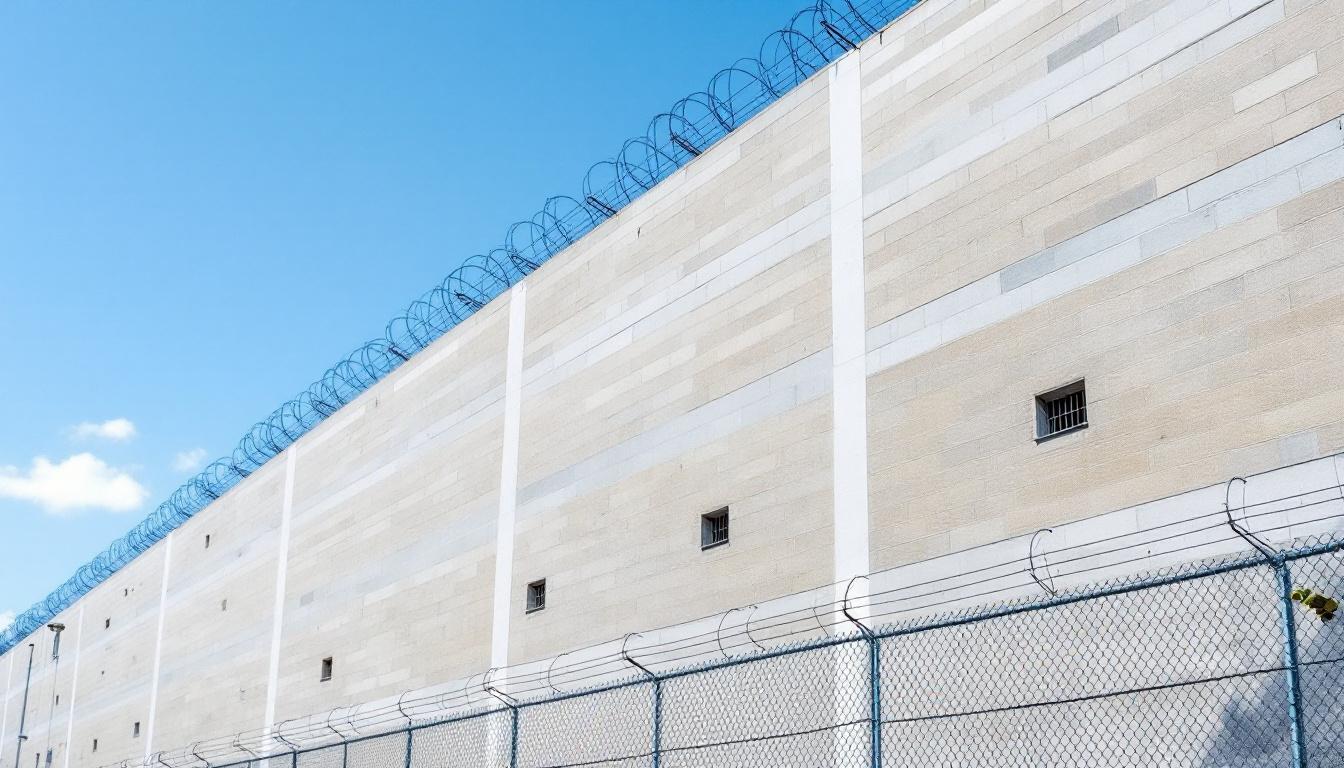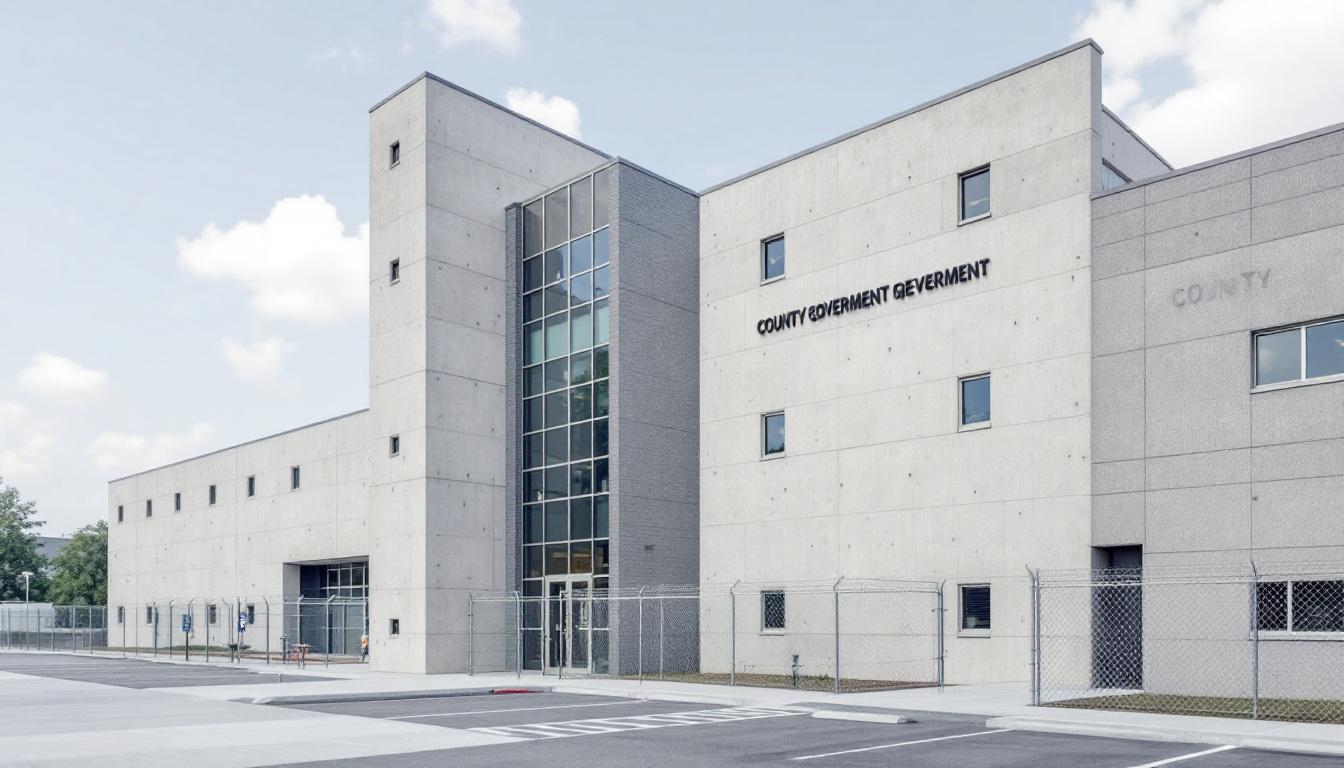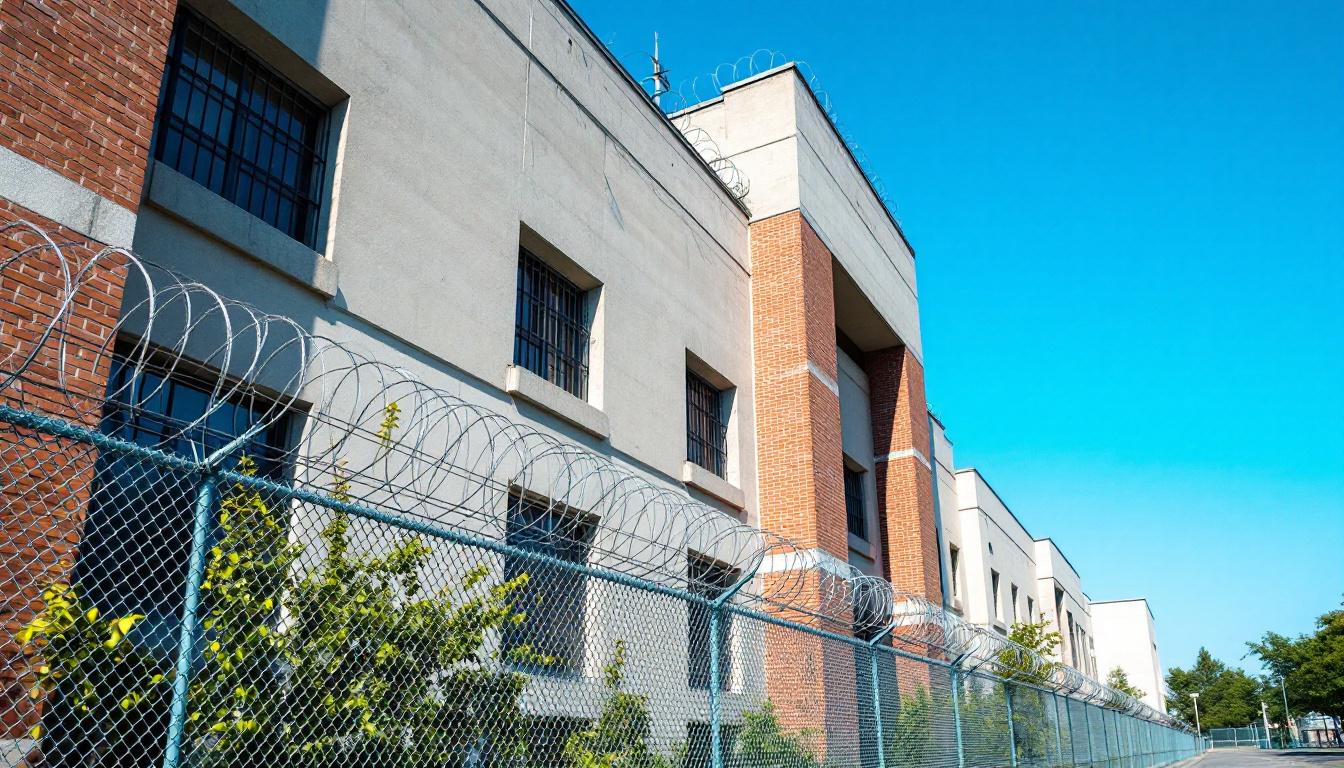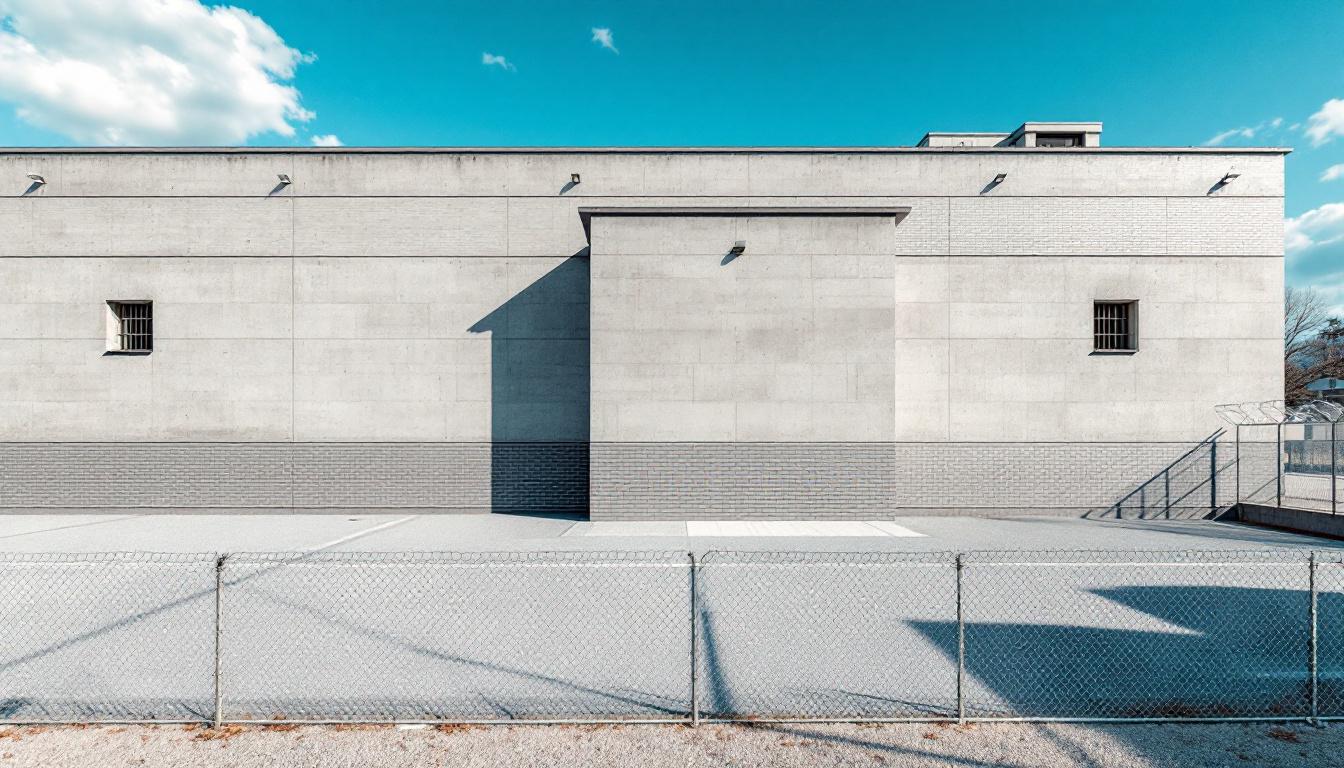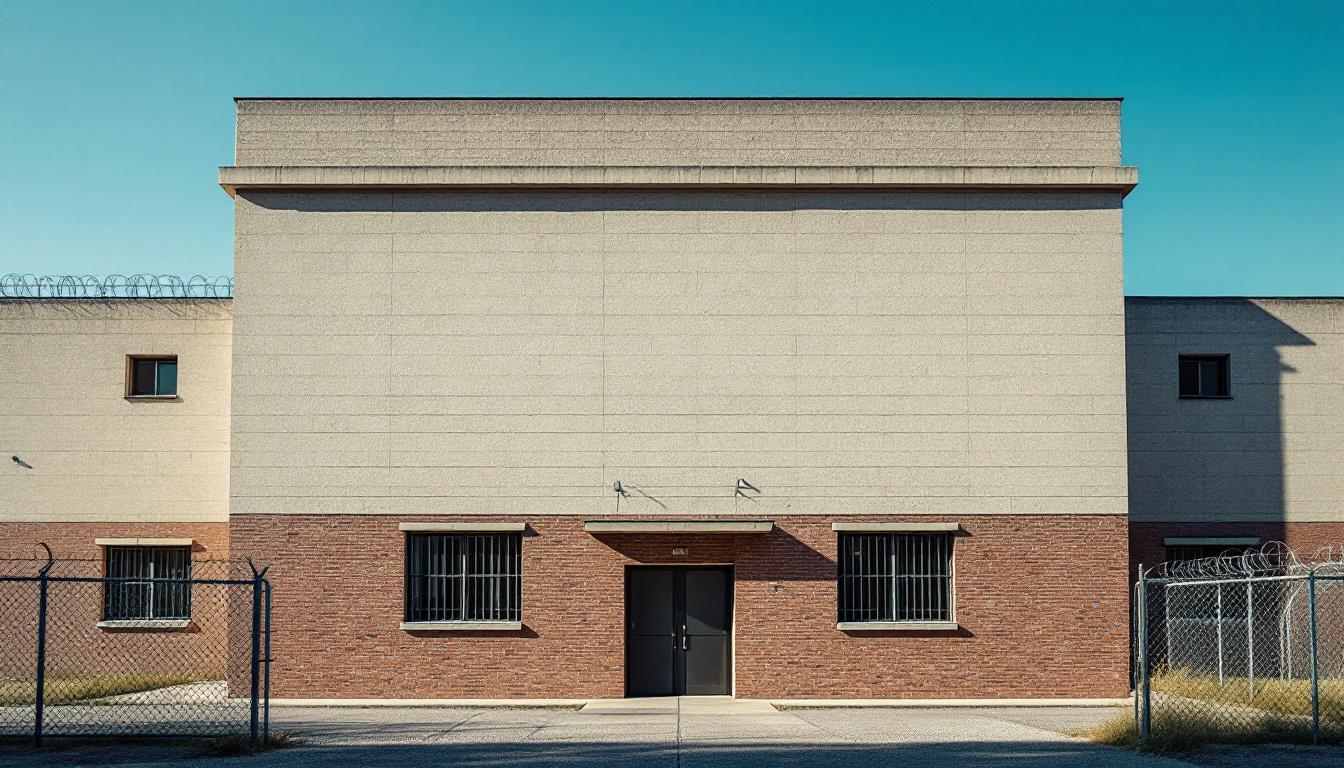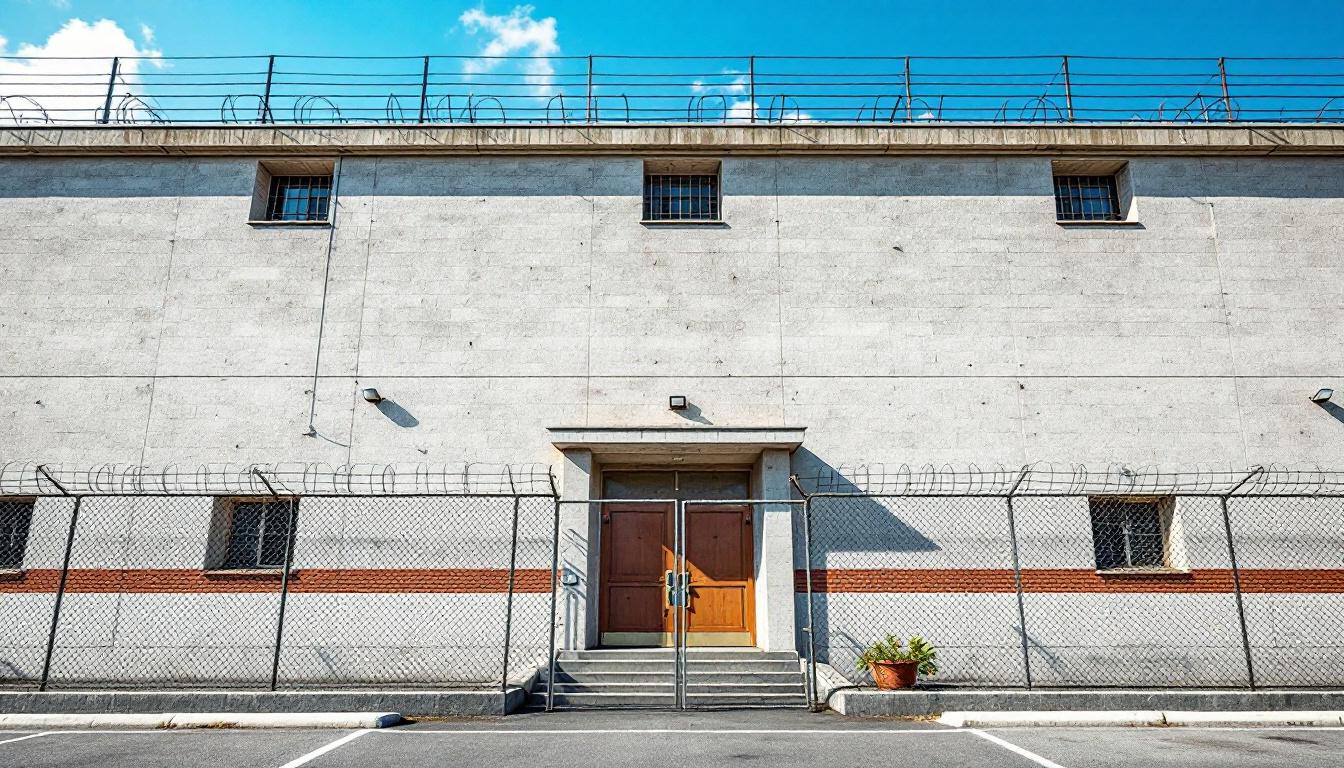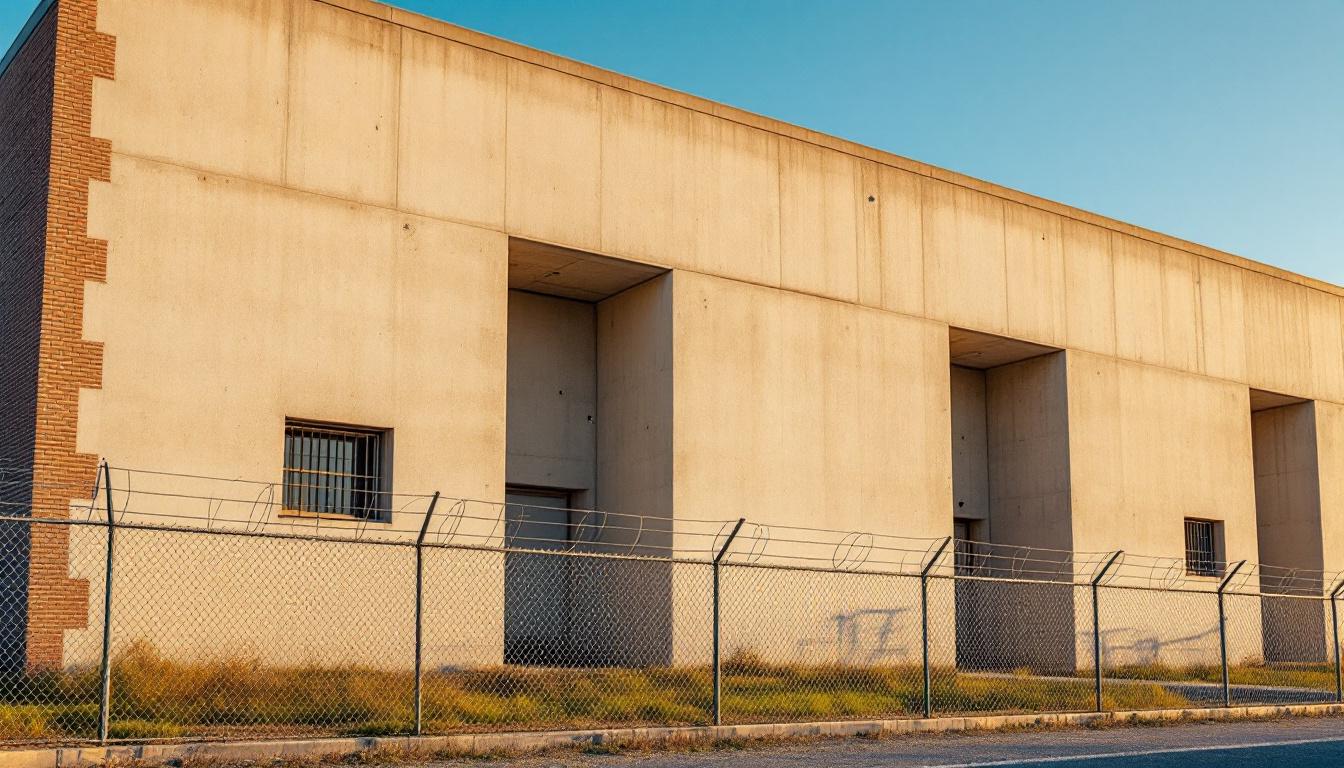
Quick Navigation
How to contact an inmate at Jail-Inmate Information
This comprehensive guide will walk you through how to connect with an inmate at Jail-Inmate Information. Follow the steps below to find an inmate and send letters and photos:
- Search for the inmate using our search tool below
- Create your account or log in to Penmate
- Write your message (up to 6,000 characters)
- Send instantly - inmates receive printed copies daily
Find an Inmate
Search for an inmate to start communicating today
Tip: You can search by first name, last name, or inmate ID number
To contact a person at Jail-Inmate Information start by searching for the person on the facility website. Perform a search by following these steps:
- Step 1: Enter their first name and last name into the search form and click "Search"
- Step 2: Locate their inmate record
- Step 3: Write down their Inmate ID and any housing information provided
Important! Be sure to enter the person's full name. Nicknames should not be used.
How to Send Messages to Inmates

You can use your phone or computer to send emails, letters, and photos to an inmate. Messages are sent electronically to inmate tablets or kiosks at the facility. If you would like to send a message, start by searching for an inmate at Jail-Inmate Information.
Sending Photos and Postcards

A great way to send love and support to a loved one at Jail-Inmate Information is to send photos and postcards. It only takes a few minutes to send photos from your phone and it makes a huge difference. You can also mail postcards with words of support and inspiration, or design your own postcard for special moments like birthdays and holidays.
Important! Be sure not to send any explicit photos or they may not be approved by the facility. You can also use a photo printing app like Penmate to make sure your photos are printed at the correct size (4x6 or 3x5) and are mailed according to the rules and regulations of Jail-Inmate Information.
Frequently asked questions about Jail-Inmate Information
-
How long does it take to deliver a message?
If you're sending an email message your letter is usually delivered within 24-48 hours. For messages sent via mail you should expect delivery within 3-7 days. All messages will need be approved by Jail-Inmate Information.
-
How much does it cost to send a message to Jail-Inmate Information?
You can send a message free using your phone or mail a message via USPS for the price of a $0.60 stamp and envelope. You can also purchase credits or e-stamps from services starting at $1.99.
-
What services can I use to contact an inmate at Jail-Inmate Information?
Penmate
You can use Penmate to send letters and photos to an inmate from your phone. It's an easy way to stay in touch during your loved one's incarceration. Use the inmate locator to find an inmate's location and contact information, then you can send messages within a few minutes.
Securus messaging
Securus may be another option for communicating with an inmate at Jail-Inmate Information. You can create a friends and family account and purchase credits to send messages. All messages will be reviewed and must be approved by the facility.
JPay
Some county jails and state prisons may support sending messages with JPay. You must register an account with the system, find your loved one, and purchase stamps to send messages. For some locations you can also attach photos.
Smart Jail Mail
You may also check if Smart Jail Mail is available at Jail-Inmate Information. Smart Jail Mail is operated by Smart Communications and has contracted with some state and county jails. After purchasing credits, your messages and photos are sent to the facility, printed out, and then handed out to your loved one.
-
What is the mailing address of Jail-Inmate Information?
Mailing address:
Jail-Inmate Information
1733 N Washington Ave
Livingston, TX 77351
Phone: (936) 327-6822 -
What are the visiting hours at Jail-Inmate Information?
Visiting hours at Jail-Inmate Information vary by housing unit and security level. Generally, visits are scheduled on weekends and holidays, with some facilities offering weekday visits. Contact the facility directly at (936) 327-6822 or check their website for the current visiting schedule. Visits typically last 30-60 minutes and must be scheduled in advance.
-
What items are prohibited when sending mail to Jail-Inmate Information?
Prohibited items typically include: cash, personal checks, stamps, stickers, glitter, glue, tape, staples, paperclips, polaroid photos, musical or blank greeting cards, hardcover books, magazines with staples, and any items containing metal or electronics. Only send letters on plain white paper with blue or black ink. Photos must be printed on regular photo paper (no Polaroids). Always check with Jail-Inmate Information for their specific mail policies.
-
How do I send money to an inmate at Jail-Inmate Information?
You can send money to an inmate at Jail-Inmate Information through several methods: 1) Online using JPay, Access Corrections, or the facility's approved vendor, 2) Money orders mailed directly to the facility with the inmate's name and ID number, 3) Kiosks located in the facility lobby, or 4) Over the phone using a credit or debit card. Fees vary by method, typically ranging from $2.95 to $11.95 per transaction.
-
Can I schedule a video visit with an inmate at Jail-Inmate Information?
Many facilities now offer video visitation as an alternative to in-person visits. At Jail-Inmate Information, video visits may be available through services like Penmate, Securus Video Connect, GTL, or ICSolutions. Video visits typically cost $10-20 for 20-30 minutes and must be scheduled in advance. You'll need a computer or smartphone with a camera and reliable internet connection. Contact the facility for their specific video visitation policies and approved vendors.
-
What identification do I need to visit an inmate at Jail-Inmate Information?
All visitors must present valid government-issued photo identification such as a driver's license, state ID, passport, or military ID. Minors must be accompanied by a parent or legal guardian who can provide the minor's birth certificate. Some facilities require visitors to be on the inmate's approved visitation list, which may require a background check. Contact Jail-Inmate Information for specific ID requirements and visitor approval procedures.
-
How can I find out an inmate's release date?
To find an inmate's release date at Jail-Inmate Information, you can: 1) Use the online inmate search tool if available, 2) Call the facility's records department, 3) Contact the inmate's case manager or counselor, or 4) Have the inmate provide this information during a call or visit. For privacy reasons, some facilities only release this information to immediate family members.
Facility Overview
Contact Information
Jail-Inmate Information1733 N Washington Ave
Livingston, TX 77351
Phone: (936) 327-6822

About Jail-Inmate Information
County jail facilities serve as critical components within Texas's broader correctional framework, and Polk County Jail, TX exemplifies this essential function through its operations in Longview. This TX correctional facility operates within a system designed to balance public safety requirements with meaningful opportunities for individual rehabilitation and community reintegration.
Strategically positioned in East Texas, the facility typically maintains connections with various community-based organizations and service providers throughout the Longview area. The population services generally encompass educational programming, substance abuse counseling, and vocational training opportunities that may prepare individuals for successful reentry into their communities. These collaborative approaches often extend beyond the facility's walls, incorporating partnerships with local faith-based organizations, educational institutions, and workforce development agencies that understand the unique challenges facing individuals transitioning back into society.
The facility's operational philosophy generally emphasizes the importance of maintaining family connections and community ties during incarceration periods. Visitation programs, communication services, and reentry planning initiatives typically work together to support both incarcerated individuals and their families throughout the correctional process. By fostering these connections with community resources and maintaining focus on rehabilitation alongside security, the facility serves its role within Texas's correctional system while contributing to broader public safety and community wellness objectives in the greater Longview region.
Programs & Services
Through comprehensive programming designed to address individual needs, support services at Polk County Jail focus on building skills and connections that strengthen the population's ability to successfully reintegrate into their communities. The facility's approach emphasizes personal growth and practical preparation, recognizing that meaningful change often occurs when individuals have access to diverse opportunities for development. Programs typically operate with the understanding that addressing underlying challenges while building new capabilities creates a foundation for positive outcomes.
Educational and vocational programs form a cornerstone of the facility's offerings, providing pathways for skill development and academic advancement. Special education services may supply individualized support for participants who require additional assistance with learning, ensuring that educational opportunities remain accessible to all members of the population. Vocational training programs often include instruction in practical trades and workplace skills, helping participants develop marketable abilities that can support employment opportunities upon release. Also, these educational initiatives typically emphasize both basic academic skills and specialized knowledge that can enhance future prospects.
Mental health counseling and group therapy sessions provide essential therapeutic support, addressing emotional and psychological needs through professional guidance and peer interaction. Work programs may offer structured opportunities for the population to develop responsibility and work habits while contributing to facility operations. Faith-based initiatives typically provide spiritual support and community connections for those who seek such services. Also, agriculture programs often include hands-on learning experiences that teach valuable skills while promoting a sense of purpose and connection to meaningful work, creating opportunities for personal growth through practical engagement with the land.
Daily Life & Visitation
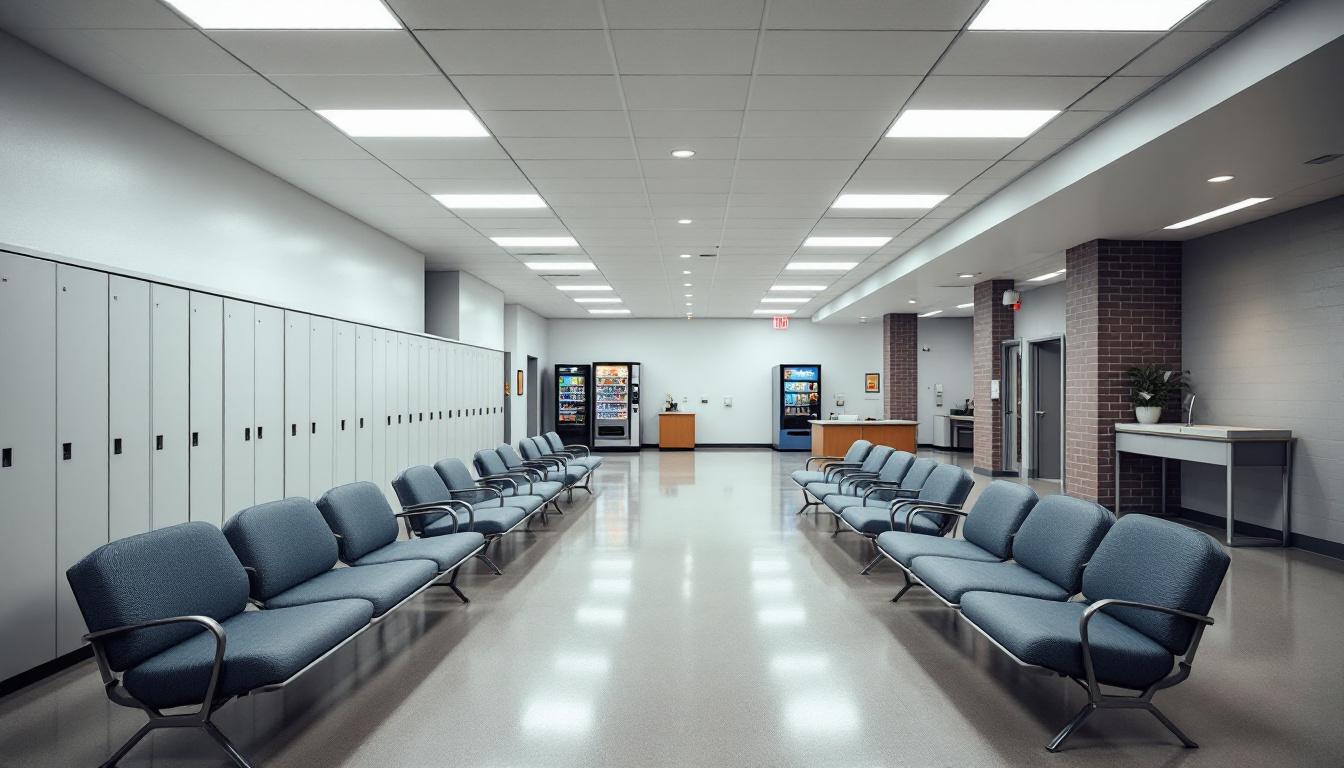
Systematic organization shapes every aspect of life within the facility, where structured schedules currently guide the population through their daily routines. The facility continues to maintain order through established protocols that typically begin with early morning counts and progress through designated meal times, programming sessions, and evening lockdown procedures. Generally, the population follows a regimented schedule that may include work assignments, educational opportunities, and recreational periods, all designed to supply structure and maintain security throughout the facility.
Housing arrangements typically place the population in dormitory-style units or individual cells, depending on classification levels and available space. Living accommodations usually include basic furnishings such as bunks, storage areas, and shared bathroom facilities. The population generally has access to personal property within established limits, and commissary services may be available for purchasing approved items. Also, meal service typically occurs in designated dining areas or housing units, with the population receiving three meals daily that meet basic nutritional requirements.
Programming schedules often supply educational classes, vocational training, and recreational activities that help structure daily routines. Recreation and exercise opportunities may include access to outdoor areas, indoor common spaces, and organized activities when staffing and security permit. However, visitation policies typically allow family members to maintain contact through scheduled visits, phone calls, and correspondence, though specific procedures may vary based on security classifications. The population usually has opportunities to participate in work assignments within the facility, which may include kitchen duties, maintenance tasks, or cleaning responsibilities that continue to support daily operations while providing structure and potential skill development.
Ready to Connect?
Start communicating with your loved one today
Search for an Inmate
